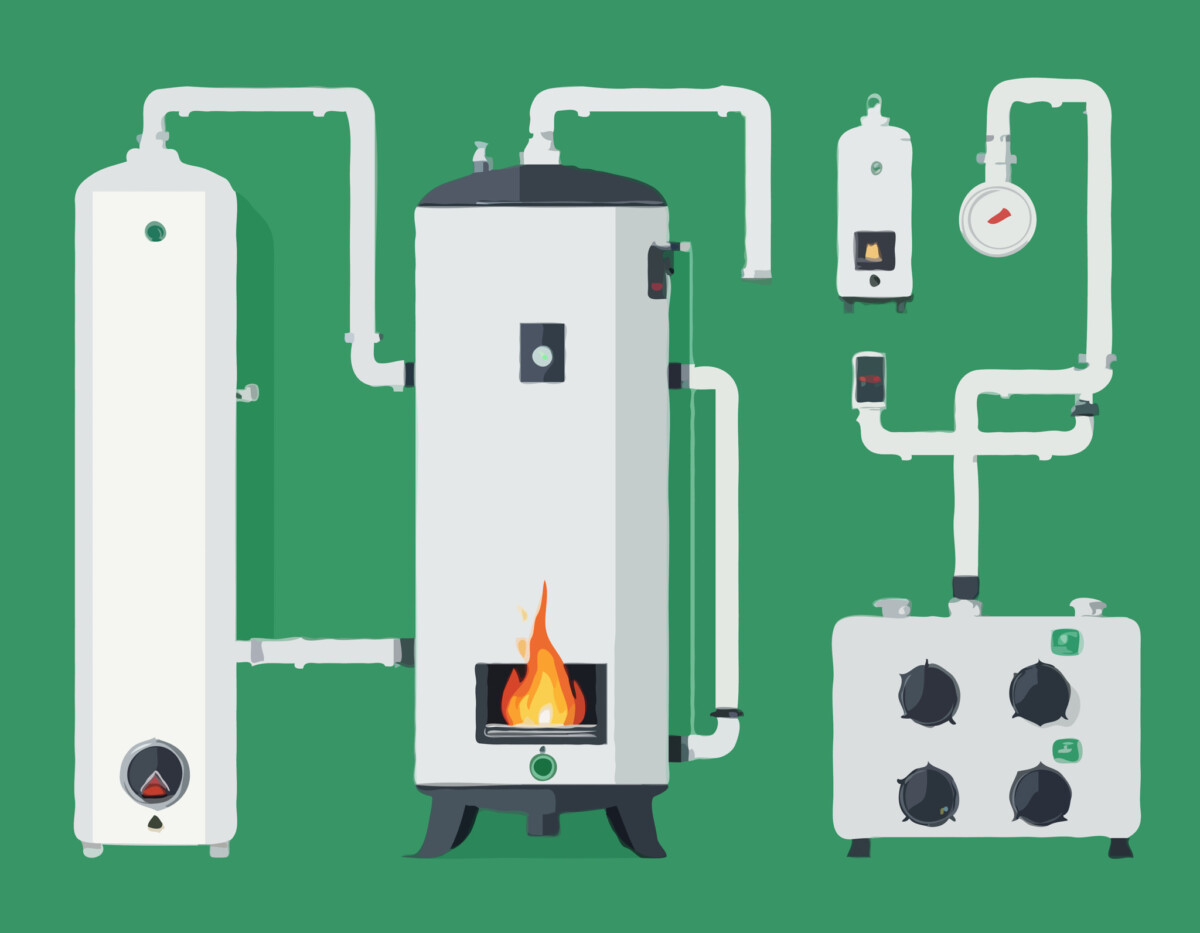Owning a home is one of life’s most rewarding accomplishments. However, it also comes with responsibilities—the chief of which is maintaining and repairing your property. While you don’t need to be a professional contractor, knowing how to handle typical home repairs can save you time, money, and stress. Whether you’re a new homeowner or just looking to boost your DIY skills, here are the essential home repairs every owner should be familiar with.
1. Fixing a Leaky Faucet
A dripping faucet may seem like a minor annoyance. However, over time, it can waste gallons of water and increase your utility bill. Most faucet leaks are due to worn-out washers or O-rings, which are relatively easy to replace with just a few tools: a wrench, screwdriver, and replacement parts. Turn off the water supply, disassemble the faucet, and replace the faulty components. It’s a straightforward fix that can make a big difference.
2. Unclogging Drains
Clogged sinks or tubs are among the most common household issues. Hair, soap scum, and food debris are the usual suspects. Before calling a plumber, try using a plunger, drain snake, or a mix of baking soda and vinegar, followed by boiling water. Regular maintenance, like a drain screen, can help prevent future blockages.
3. Patching Drywall Holes
Whether from a doorknob, accident, or nail holes, drywall damage is inevitable. Small holes can be filled with spackle and sanded smooth once dry. For larger holes, use a drywall patch kit. Cut the damaged area, secure a new piece of drywall, tape the seams, apply joint compound, and sand for a seamless finish. A fresh coat of paint makes it look like new.
4. Resetting a Tripped Circuit Breaker
If an appliance suddenly stops working or lights go out in one room, your circuit breaker may have tripped. Head to your electrical panel, find the breaker that’s not aligned with the rest (usually in the “off” position), and flip it back to “on.” Frequent tripping could indicate an overloaded circuit or faulty appliance, so monitor the situation closely.
5. Sealing Drafty Windows and Doors
Drafts around windows and doors can lead to high energy bills and an uncomfortable living environment. Use weather stripping, caulk, or foam sealant to block gaps where air escapes. A simple candle test (watching the flame flicker near a suspected draft) can help you locate the problem areas. Proper sealing improves insulation and energy efficiency.
6. Fixing a Running Toilet
A constantly running toilet wastes water and can be a nuisance. Often, the problem lies with the flapper valve, float arm, or fill valve inside the tank. Replacement kits are affordable and come with instructions. Turn off the water supply, drain the tank, and swap out the faulty part. It’s a 15-minute job that could save hundreds in utility costs.
7. Replacing a Light Fixture or Switch
Swapping out an old light fixture or faulty switch can freshen up your space and improve functionality. Always ensure the power is off at the breaker before beginning. Use a voltage tester to double-check. Remove the old fixture or switch, connect the wires to the new one following the manufacturer’s instructions, and secure everything. If you’re unsure, consult an electrician.
8. Maintaining HVAC Filters
Your heating and cooling system works more efficiently with clean filters. Dirty filters restrict airflow, causing your system to work harder and consume more energy. Check filters monthly and replace them every 1–3 months, depending on usage and manufacturer guidelines. This quick task improves indoor air quality and prolongs the life of your HVAC system.
9. Regrouting or Resealing Tile
Grout and caulk can deteriorate over time, especially in damp environments like bathrooms. Cracked or moldy grout should be removed with a grout saw, then re-applied and sealed to prevent water damage. Remove the old bead, clean the surface, and apply a smooth, even line of fresh caulk using a caulking gun. This refreshes the look and protects your surfaces.
10. Lubricating Squeaky Hinges
That annoying squeak from a door or cabinet can usually be silenced with a little lubricant. WD-40, silicone spray, or household oil can be applied directly to the hinge. Open and close the door several times to work it in. This simple fix can also prevent wear on the hardware over time.
11. Replacing a Toilet Seat
Over time, toilet seats can crack, loosen, or discolor. Fortunately, replacing one is easy and requires just a screwdriver. Remove the old seat by unscrewing the bolts, align the new seat, and tighten the hardware. It’s a quick, affordable update that can enhance hygiene and comfort.
12. Touching Up Paint
Scuffs, chips, or faded spots on your walls can make a room feel worn. Keep a small container of your wall paint on hand for quick touch-ups. Use a brush or small roller to dab paint onto the blemish and blend it into the surrounding area. Prepping the wall by cleaning it and sanding rough edges ensures a clean finish.
13. Stopping a Door from Sticking
Sticking doors can result from humidity, paint buildup, or misaligned hinges. Try tightening the screws or sanding down the area where the door rubs. If the latch doesn’t align with the strike plate, adjusting the plate position may fix it. This minor repair can restore smooth door operation and prevent long-term wear.
14. Replacing Screen Mesh
Busts and debris can get in if your window or door screens have holes or tears. Screen repair kits are available at most hardware stores and include everything you need. Remove the old screen, lay in the new mesh, press it into the frame with a spline roller, and trim the excess. A repaired screen looks great and keeps your home protected.
15. Cleaning Gutters
Clogged gutters can lead to water damage, roof issues, and even foundation problems. Clean your gutters at least twice yearly—spring and fall are ideal. Use a ladder, gloves, and a scoop or trowel to remove debris. Flush the gutters with a hose to check for blockages in the downspouts. Install gutter guards for extra protection and less maintenance.
Final Thoughts
While not all home repairs are DIY-friendly, many are manageable with patience and the right tools. Learning these basic skills empowers you to take better care of your home, avoid costly repairs, and feel more confident as a homeowner. Keep a well-stocked toolbox, don’t be afraid to watch tutorial videos or read guides, and know when to call in a pro. With time and experience, these small victories build a strong foundation in home maintenance knowledge.
Thank you for reading! If you enjoyed this article and want to explore more content on similar topics, check out our other blogs at Sonic Loans, Sonic Realty, and Sonic Title. We have a wealth of information designed to help you navigate the world of real estate and finance. Happy reading!
Are you looking for the right loan? Check out Sonic Loans for tailored mortgage solutions that make home financing simple and efficient.
Kitchen Design Trends That Add Value
Indoor-Outdoor Living Trends: Creating Seamless Spaces in 2025
Future-Proofing Your Home Design: Building for Tomorrow, Today
Popular Home Styles and Their Features
Real Estate Closing Process Explained
Understanding Deed Types: A Comprehensive Guide
How to Plan to Furnace a New Home
How to Plan for House Renovation as a New Homeowner: A Step-by-Step Guide
Common Title Issues and How to Resolve Them











